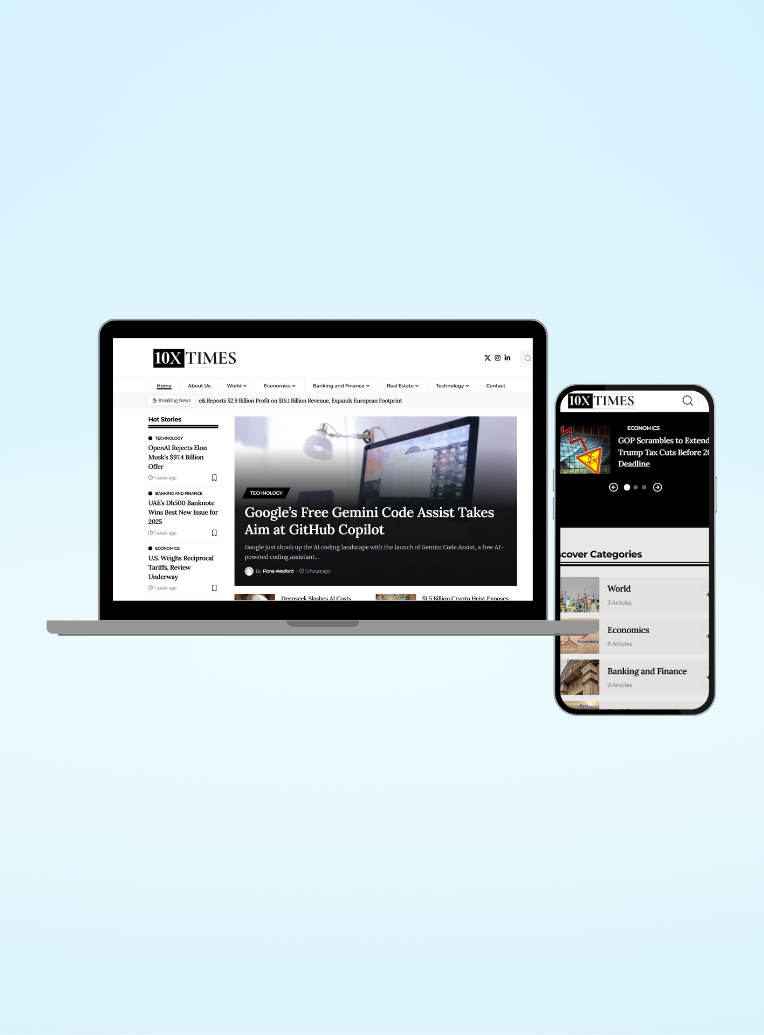The U.S. economy heads into 2025 with a mix of resilience and uncertainty. Growth is slowing, but not collapsing. Inflation is cooling, but not gone. Interest rates are coming down, but how fast? Here’s what’s happening and why it matters.
1. Job Market: Still Strong, But Watch the Edges
The labor market isn’t crashing, but it’s losing steam. Unemployment nudged up to 4.2% in late 2024, yet job openings remain high at 7.7 million. Weekly jobless claims are stable, and layoffs aren’t widespread. Bottom line? Companies are cautious, but they’re not panicking. Hiring will likely slow, but a major job market shake-up isn’t in the cards—yet.
2. Consumer Spending: Americans Keep Buying
Retail sales rose 4.1% year-over-year in November 2024, and personal spending climbed 5.5%. Even with record household debt hitting $17.94 trillion, delinquency rates are low at 3.5%. The reason? People still have cash and credit to burn. As long as jobs hold up, spending will, too. The risk? If layoffs start rising, consumer confidence could turn fast.
3. Economic Growth: Slower, But Not a Recession
The U.S. economy expanded by 3.1% in Q3 2024, continuing a strong streak. Growth will slow in 2025, but there’s no recession alarm blaring yet. With a solid job market and steady consumer demand, the economy isn’t in trouble—it’s just coming back to normal. The real question is whether businesses will keep investing or start pulling back.
4. Inflation: Falling, But Not Gone
Inflation has cooled, with the Consumer Price Index (CPI) down to 2.7% by the end of 2024. Core inflation, which strips out food and energy, is stickier at 3.3%. The Federal Reserve’s 2% target is within reach, but progress will be slow. Prices aren’t spiking anymore, but don’t expect major relief at the grocery store just yet.
5. Interest Rates: Cuts Are Coming, But How Many?
The Fed has shifted gears after two years of rate hikes. Officials signaled two 0.25% cuts in 2025, but markets are betting on more. If inflation keeps easing and growth slows, expect deeper cuts. Lower rates would help businesses, boost stock markets, and ease borrowing costs. If the Fed moves too cautiously, though, growth could stall faster than expected.
The Takeaway
2025 won’t be a boom year, but it won’t be a bust either. The job market is stable, consumers are still spending, and inflation is cooling. Interest rate cuts will be the big wildcard. If they come quickly, markets and businesses will benefit. If the Fed hesitates, the economy could lose momentum. For now, the U.S. is on track for a year of slower but steady growth.






